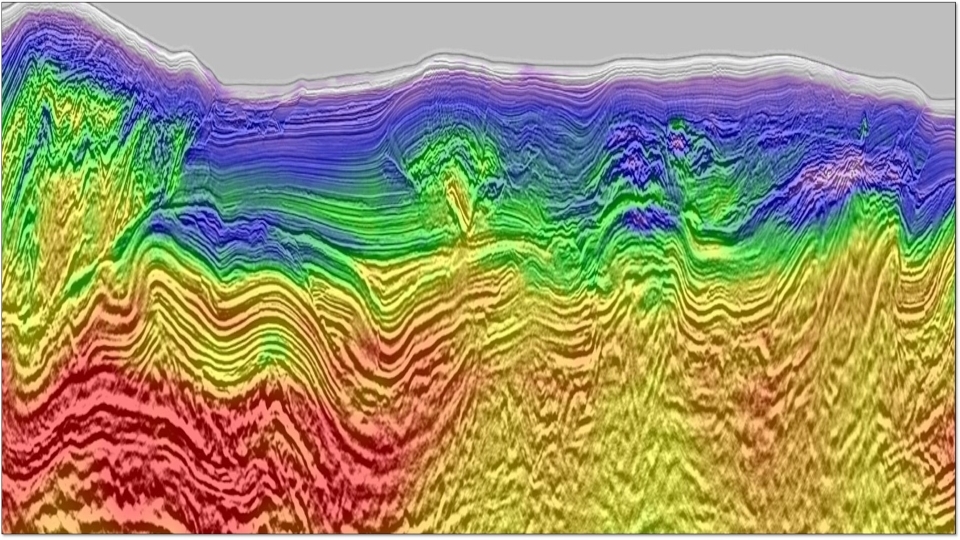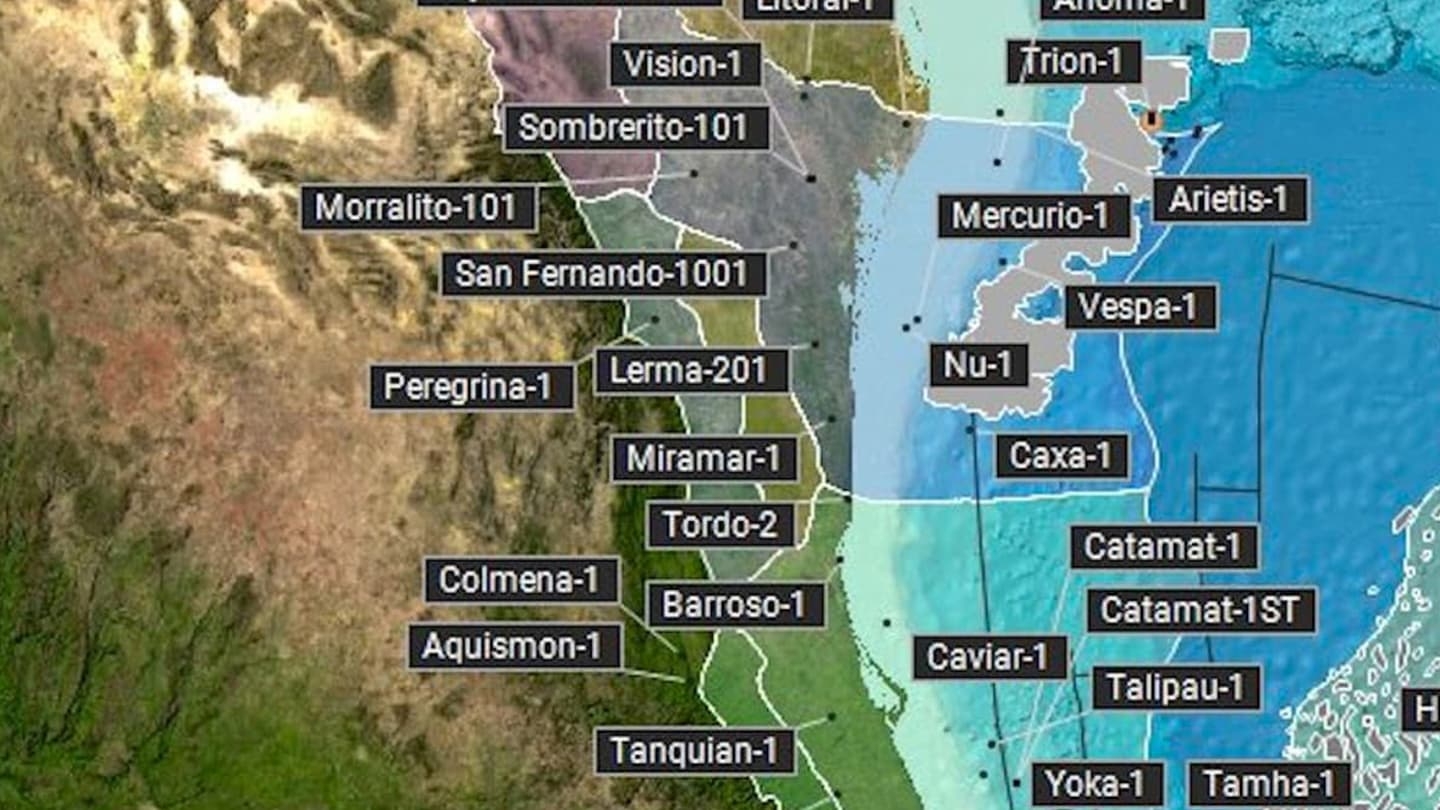Industry Article
Machine learning and geophysical inversion – A numerical study
Back to Technical ContentMuch recent work has been done on comparing machine learning and geophysical inversion techniques to the extraction of model parameters from seismic reflection data. In our profession we are used to analyzing the physics of geophysical problems in detail. However, in many of the recent studies the machine learning algorithms are treated almost as “black boxes”. In this study l I will use a straightforward numerical example to illustrate the difference between geophysical inversion and machine learning inversion. In doing so I will try to “demystify” machine learning algorithms and show that, like inverse problems, they have a definite mathematical structure that can be written down and understood. The example used is this tutorial is the extraction of the underlying reflection coefficients from an overlapping wavelet response that was created by convolving a reflection coefficient dipole with a symmetric wavelet. In discussing the solution to this problem I will cover the topics of deconvolution, recursive inversion, linear regression and nonlinear regression using a feedforward neural network. I will present both the full inverse approach as well as gradient descent algorithms, which can be applied to both linear and nonlinear problems. This will lead to a description of the backpropagation algorithm, which is used to train a feedforward neural network. In the final section of the tutorial I will look at the impact of local minima in the search for a global minimum in the backpropagation algorithm.
Download Resource 
Publications
The Leading EdgeAuthors
Brian Russell





